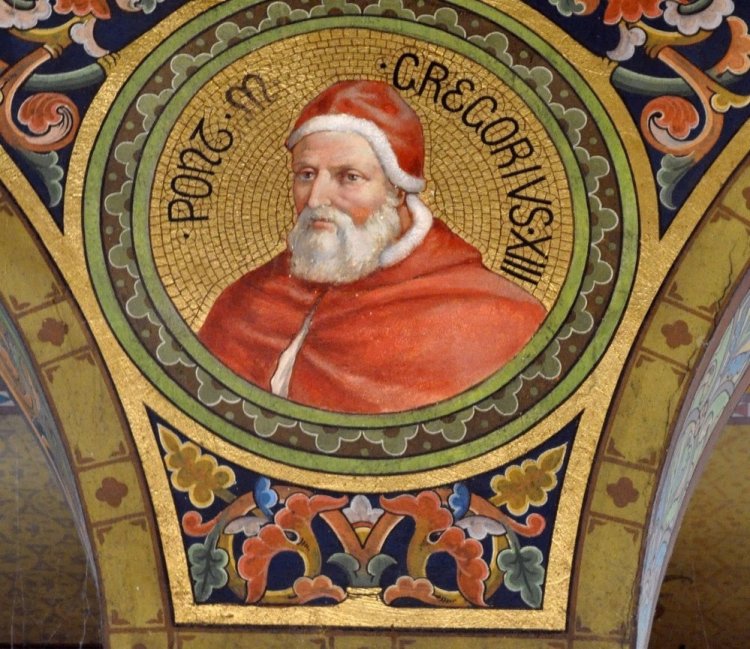
By the time Pope Gregory XIII occupied the highest position in the Catholic hierarchy, God knows what was happening to the calendar. The Julian calendar had been in force since 45 BC and in no way could it be said that it was flawless: it gained a day every 128 years, so that by the time described, it had parted with reality for as long as 10 days. Scientists had long bombarded the saint throne with reports on the necessity of reforms: dates shifted the planting season, astronomical observations were at a loss, but the main bone of contention – for the Pope, of course – was the confusion with the celebration of Easter.
Gregory XIII appeals to the Jesuit astronomer Christopher Clavius and astronomer and physician Luigi Lilio. According to their calculations and suggestions, it turned out that it was necessary to change the calculation rules of a leap year – and then the date error will stop accumulating. But for the calendar to start its second life, one had to skip these 10 days. Gregory XIII agreed with the proposals and published a papal bull Inter gravissimas, which is now named by its first words “Among the most serious...” According to the bull, after October 4, 1582 it was not the 5th, but the 15th of October. This happened in the countries of zealous Catholicism: Italy, Spain, Portugal, Poland, Lithuania... In the 18th century, they switched to the correct calendar in Protestant countries, too. Even later – in Asian and Orthodox ones.
The calendar that is now used by all progressive humanity is called Gregorian, after the name of the leader of the project. It didn’t become Luigian – after the name of its main developer.
























